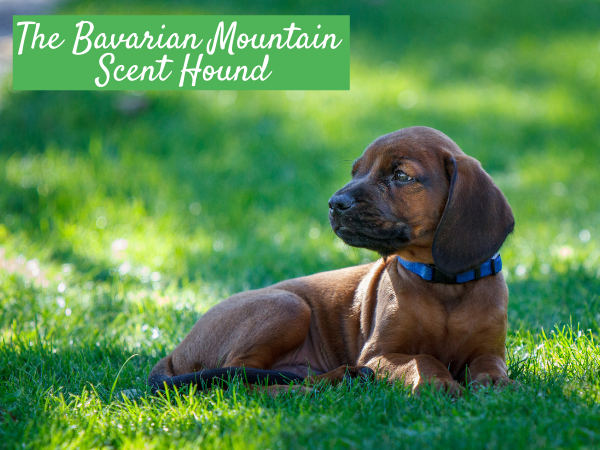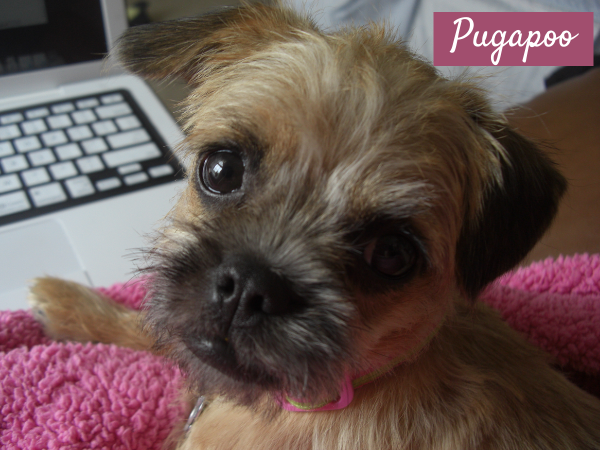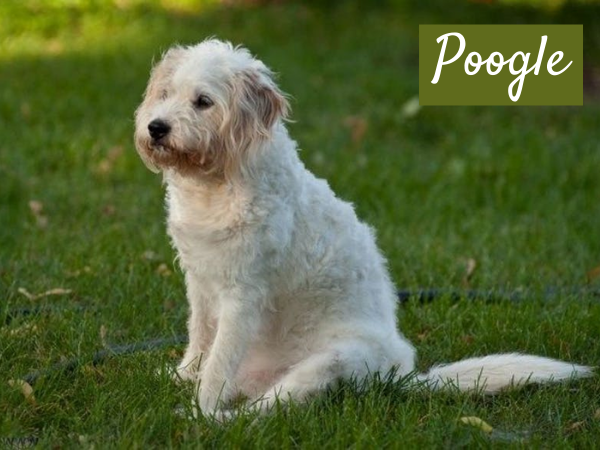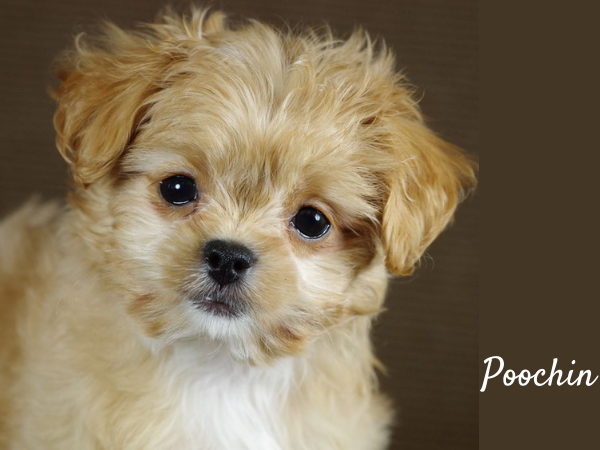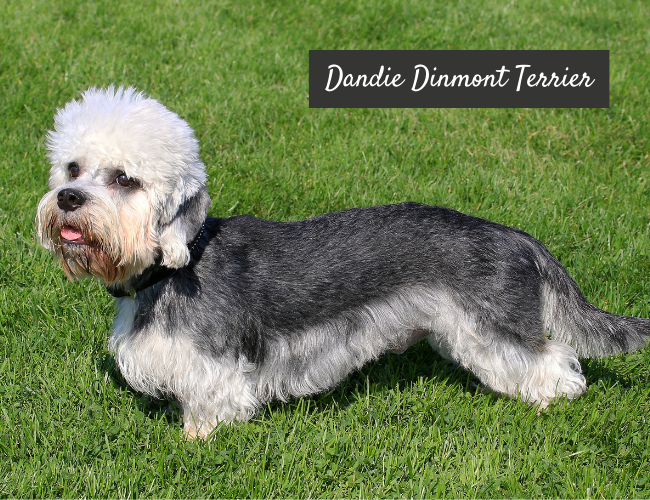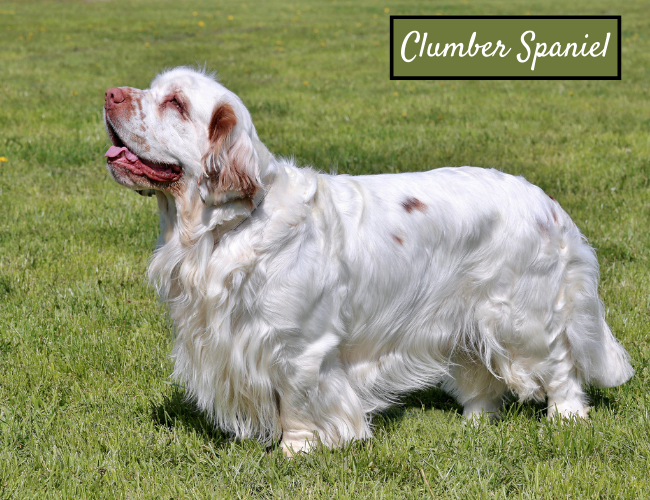
Clumber Spaniel
Clumber Spaniel
Long, low, rectangular, and massively boned, the Clumber Spaniel is one of the most distinctive breeds of dogs. The dog’s muscular hindquarters, broad chest, and heavy forehead allowed it to maneuver through dense underbrush while hunting. The coat is straight, flat, soft, and thick, making it resistant to the elements. The hunter was able to find the dog because of its white coat.
Origin:
The Clumber spaniel, one of the oldest breeds still in existence, is the shortest of the spaniels. This breed is said to have been derived from the ancient heavy-headed Alpine Spaniel and the low-bodied Basset Hound, but the actual origins of the species are unclear. A spaniel kennel belonging to the Duc de Noailles of France is said to have been relocated to Clumber Park, the English seat of the Duke of Newcastle, around the time of the French Revolution.
The English aristocracy loved Clumber Spaniels because they were slow-moving but very keen-nosed hunters and retrievers. Because the nobles opposed its appeal outside of the upper classes, the breed was unavailable to the general public. In keeping with their prominence, Clumbers were one of the first breeds to be put on display at dog shows. In the late 1800s, they arrived in the United States.
Size:
This spaniel breed has a medium-length dense coat and is a large dog. Males attain a height of 19 inches at the withers, while females reach a height of 18 inches. A man’s maximum weight is 85 pounds, whereas a woman’s total weight is 70 pounds. Puppies at eight weeks of age often weigh 8 pounds or less when they are first brought into the world. Finally, by the age of three, these canines are mature.
Coat:
There are two coats on a Clumber Spaniel. The undercoat is thick and weather-resistant, while the outer coat is more flexible. There is feathering on the chest, legs, tail, and ears, as well as on the straight, flat skin. Lemon or orange marks may be seen on the white coat.
Temperament:
Even while at home, he’s usually quiet and reserved. He may even need to be coaxed into working out. One of the few sports breeds that can thrive in the city, he will still enjoy a stroll or two. Clumbers are excellent pets since they are so loyal to a single owner.
Care:
An amiable and flexible dog, the Clumber Spaniel, requires a lot of dedication to succeed in life from its owners. To maintain their well-being and happiness, owners of these dogs must recognize and meet their specific grooming, exercise, and socialization requirements.
Health:
There are not many health issues with the Clumber Spaniel, although it is prone to a handful of common illnesses because of its extensive lineage. A hip and elbow check, an eye exam, and a PDP1 test for a rare hereditary enzyme deficiency may alleviate some of these worries.
The Clumber spaniel’s bird retrieving tendencies mean that it likes to carry objects about in his mouth. When this happens, the dog may eat something strange, which can lead to health problems and perhaps need surgery. Your Clumber should only be given safe toys to play with or chew on, not household items.




